Is Wheat Toxic? Is Wheat GMO? Or Is This Just Fake News?
Is wheat toxic? Is wheat GMO? There's a lot of misinformation out there right now about how toxic wheat is. In this blog post, I'll look at where this information is coming from and whether there is evidence to back it up.
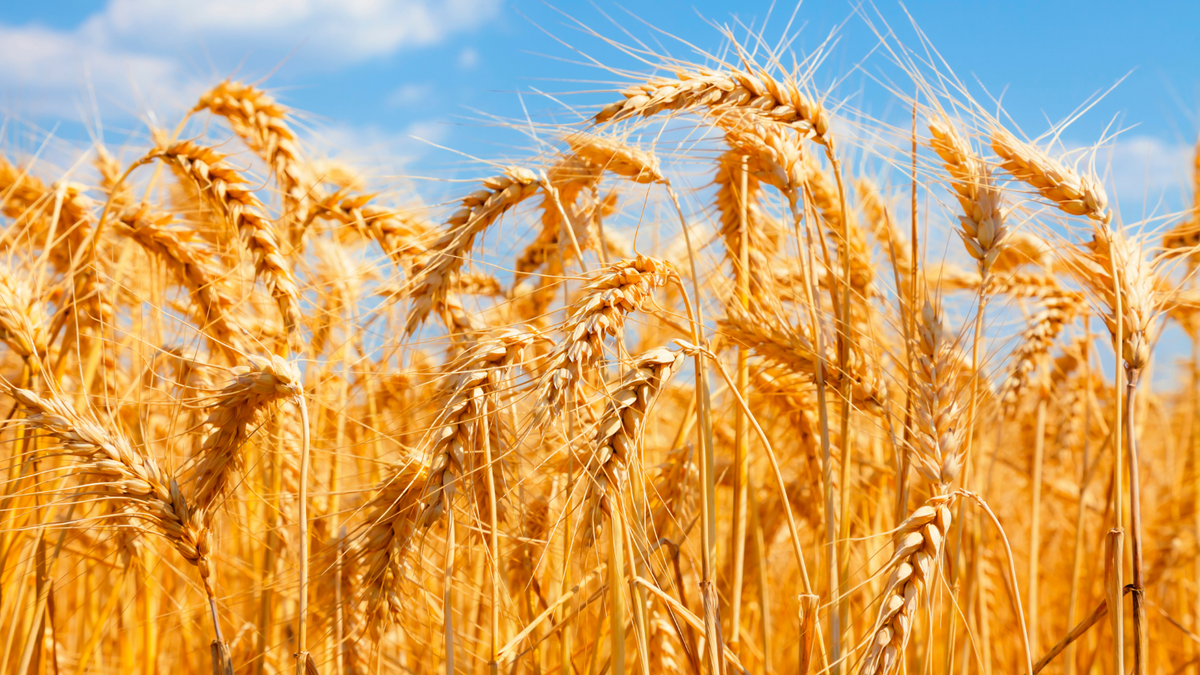
Is wheat toxic? Is wheat GMO? There’s a lot of misinformation out there right now about how toxic wheat is. In this blog post, I’ll look at where this information is coming from and whether there is evidence to back it up.
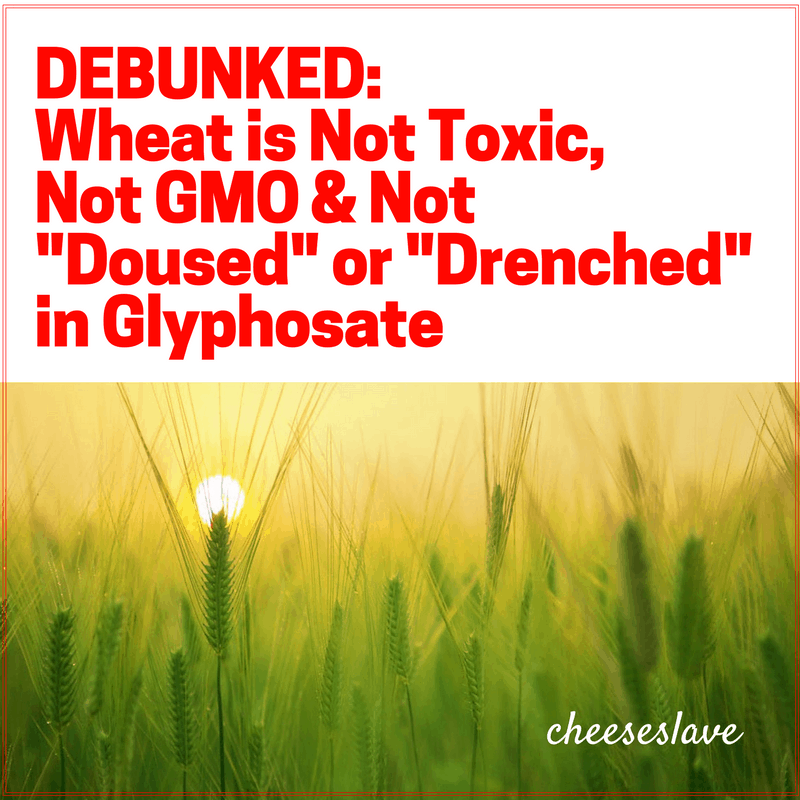
Is Wheat Toxic? Is Wheat GMO?
“Wheat is the most destructive thing you could put on your plate, no question,” according to Dr. William Davis, cardiologist and author of the #1 NY Times bestselling book, Wheat Belly.
Bloggers including Sarah Pope of The Healthy Home Economist and documentaries like What’s With Wheat are claiming that wheat is toxic because of the gluten, GMOs and glyphosate (the main ingredient in Monsanto’s RoundUp).
But are they right? Based on my research, there is zero evidence to suggest that wheat is toxic. And furthermore, wheat is not a GMO crop. And only a small percentage of North American wheat crops are treated with the herbicide, glyphosate.
Let’s look at these different claims and see if we can find any evidence…
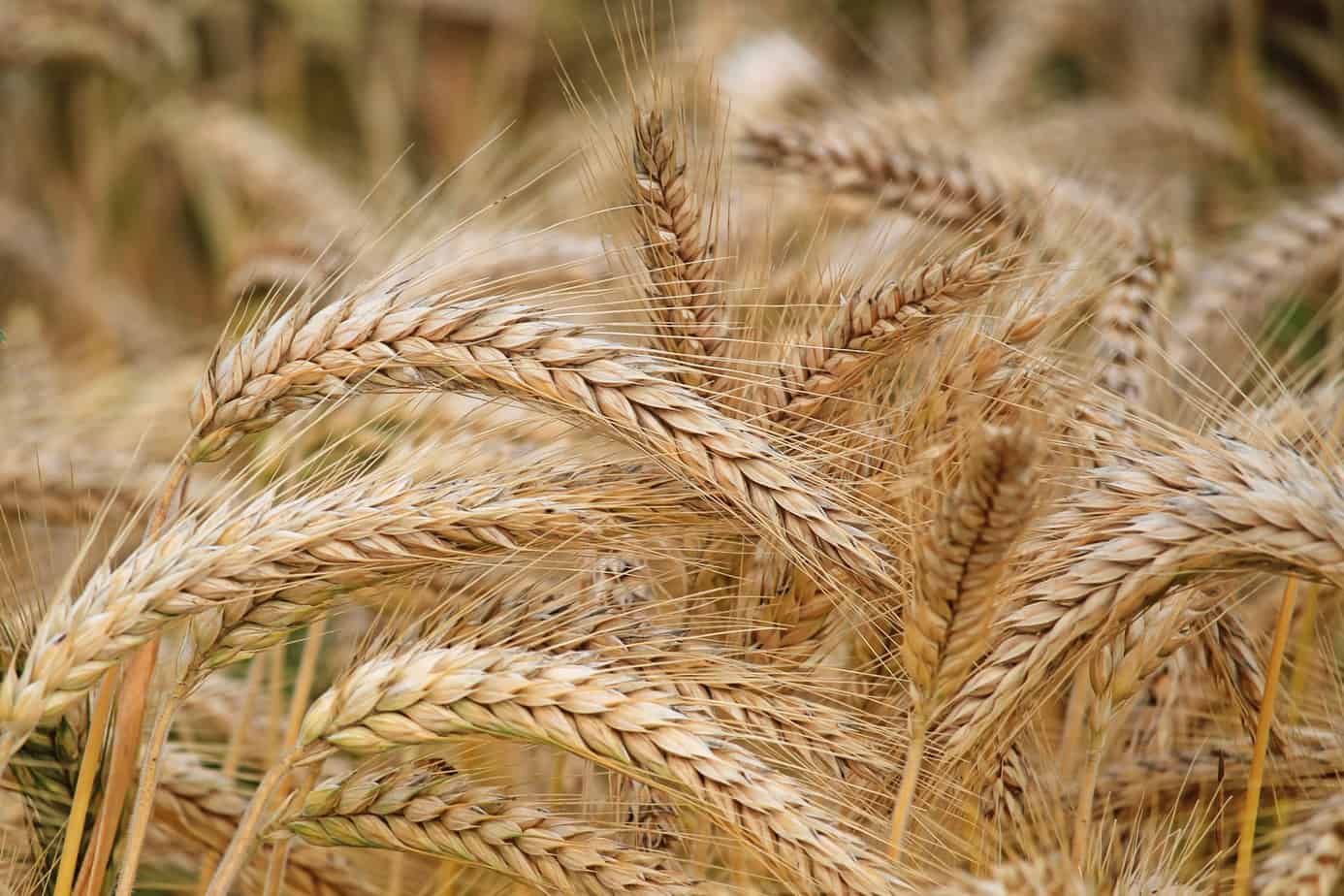
Is Gluten Toxic?
To explore whether or not wheat is toxic, let’s first look at gluten, which is a blend of two proteins, gliadin and glutenin, which is the substance that causes illness in people with celiac disease.
There is no evidence that gluten itself is historically toxic to humans. In fact, humans have been consuming wheat and gluten for at least 10,000 years.
Historians believe humans first began harvesting the grains in wild grasses in the Fertile Crescent — in ancient times consisting of Assyria, Mesopotamia, and the Nile Valley in Egypt — around 8800 BCE. – Medical Daily

In ancient Egypt, wheat was eaten at pretty much every meal in the form of beer and bread:
Bread and beer were the two staples of the Egyptian diet… Although no recipes from the times remain, we have a fair idea of how the Egyptians prepared their food thanks to dioramas and other objects left in tombs. Laborers ate two meals a day: a morning meal of bread, beer and often onions, and a more hearty dinner with boiled vegetables, meat and more bread and beer. Nobles ate well, with vegetables, meat and grains at every meal, plus wine and dairy products like butter and cheese. Priests and royalty ate even better. Tombs detail meals of honey-roasted wild gazelle, spit-roasted ducks, pomegranates and a berry-like fruit called jujubes with honey cakes for dessert. To top it all off, servant girls would circulate with jugs of wine to refill empty glasses: the perfect end to an Egyptian banquet. (Source: History.com)
Yes, it’s true, celiac disease exists and dates all the way back to antiquity. However, throughout history, celiac disease has been extremely rare. Less than 1% of the population.
It is true that in the past couple decades there has been a rise in gluten intolerance. According to this study, celiac disease has doubled in Finland since the 1970s.
That said, with celiac disease doubling, that’s still only about 1% of the population. If you include all the people who are gluten intolerant, that’s about 6%. Nowhere near the “estimated 30 percent of shoppers are choosing “gluten-free” options, and 41 percent of U.S. adults believe “gluten-free” foods are beneficial for everyone”. (US News)
Don’t get me wrong, I do believe that the rise of gluten intolerance is real. I’m not a gluten intolerance denier. However, the prevalence of gluten intolerance is clearly overblown. Furthermore, I question what is causing gluten intolerance. I think it is something other than the wheat itself.
I myself suffered from gluten intolerance in my twenties. However, I cured myself completely with a change of diet (avoiding gluten and sugar) and taking therapeutic-grade probiotics. It took about 2 years to recover, but I have been eating gluten with no symptoms for the past 20 years.
Read my story about how I cured my arthritis here.
I realize that I am an N of one. That said, if gluten is what caused gluten intolerance, how come I have been able to eat gluten and wheat with no problems for over 20 years since I cured my gluten intolerance? If it was gluten that caused my gluten intolerance, why was I able to go back to gluten?
The fact is, we have no evidence that gluten causes gluten intolerance.
If gluten is naturally toxic and hard to digest, does it really make sense that humans thrived on wheat for 10,000 years and then suddenly, a couple of decades ago, a large percentage of the population started having problems digesting it for seemingly no reason?
Many people think gluten somehow changed and became more toxic in the past few decades. They also say the amount of gluten in wheat has increased. Let’s take a look at these claims…
Has Gluten in Wheat Increased in the Past Few Decades?
One claim I hear often is that the amount of gluten in wheat has increased recently, due to changes in farming methods.
There is no evidence to support this claim. In fact, in this 2013 study, the claim was debunked:
I have not found clear evidence of an increase in the gluten content of wheat in the United States during the 20th century, and if there has indeed been an increase in celiac disease during the latter half of the century, wheat breeding for higher gluten content does not seem to be the basis. (Source: PubMed)
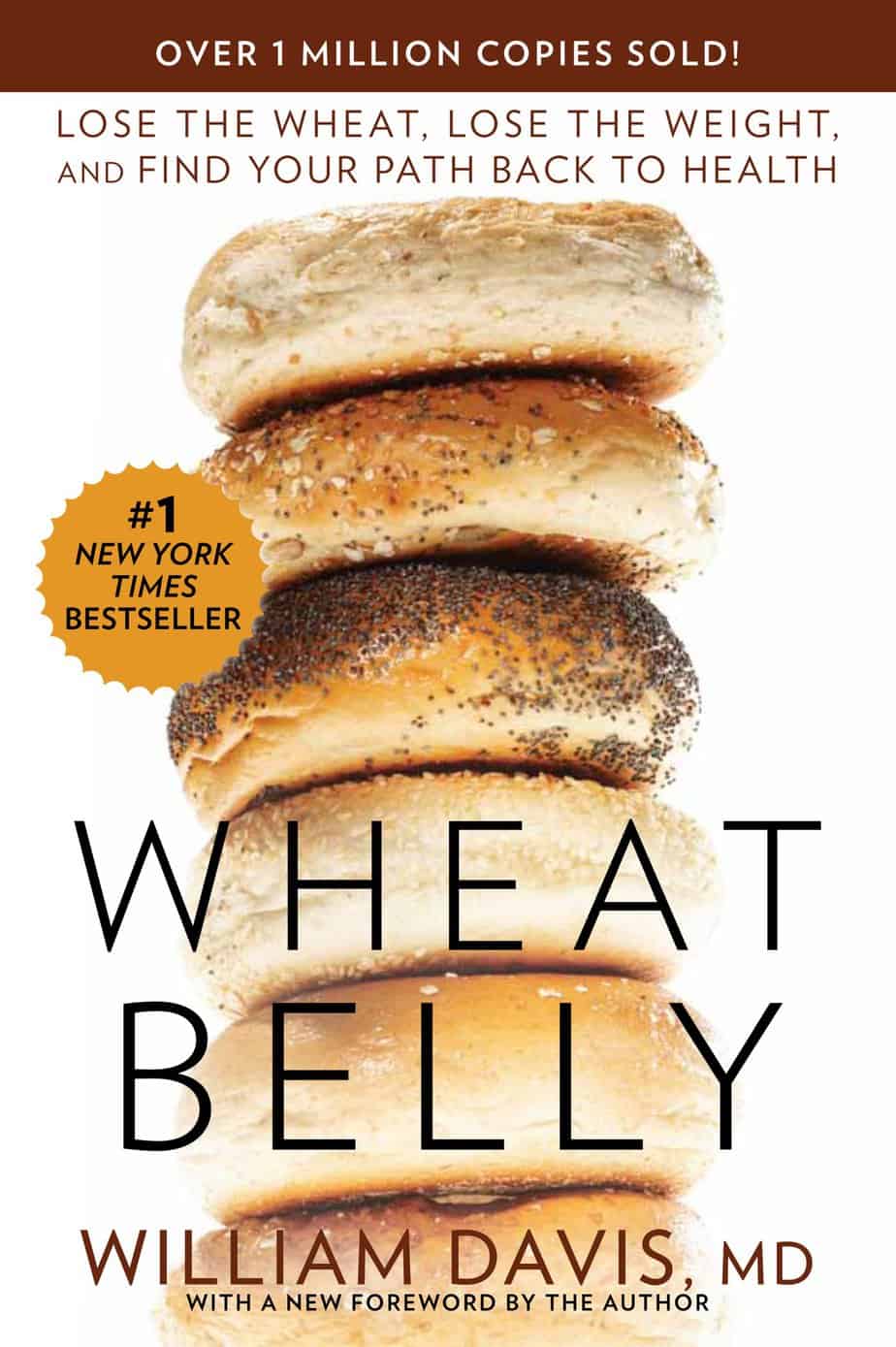
Even Wheat Belly author, Dr. William Davis acknowledges that this claim is false: “The astounding list of problems we have with modern wheat is not due to an increase in gluten content.”
Has Gluten in Wheat Changed in the Past Century?
Is modern wheat different from ancient wheat varieties?
Although Dr. Davis agreed that gluten has not increased in wheat, he claims on his blog that what causes gluten intolerance is the changes in the wheat. Modern wheat, he says, it’s what is causing all manner of health issues from autism to obesity to diabetes.
–Altered structure of the gliadin proteins. The Glia-alpha9 sequence, for example, that is associated with triggering the changes of celiac disease in HLA DQ8/2-positive people, has been enriched in modern wheat, though nearly absent from the wheat of 1960 and earlier.
–Change in the structure of wheat germ agglutinin, the indigestible protein of wheat that exerts direct toxic effects on the small intestine and may block leptin, the hormone of satiety.
–Unique antigens (allergy- and immune-stimulating proteins) posed by new forms of alpha amylase inhibitors and other proteins. (Source: Wheat Belly Blog)
No, he doesn’t provide links to evidence backing up these claims. He makes these claims in multiple posts on his blog, but nowhere is there a single reference or link to any evidence. I googled it and found only one study that mentions this, but even that study says that only 0.5 to 1% of the population is celiac. So we are dealing with a very small group. Even if you include all the people who are gluten intolerant which takes the population up to 5-6%, I’m not really sure how Davis can claim that “wheat is the most destructive thing you could put on your plate.”
Even if ancient wheat is more easily tolerated/digested than modern wheat, it doesn’t impact the vast majority (over 90%) of the human population. So why is modern (post-1960) wheat so dangerous again? If it was causing an epidemic human health crisis, how come it’s not impacting more of us?
I have Wheat Belly on my Kindle and will be writing a review of it soon. I skimmed it, and couldn’t find any research backing up the above claims. He goes on at length about modern “dwarf and semi-dwarf wheat” varieties… but he doesn’t explain why these modern forms of wheat are harmful to human health, other than eating some of the modern wheat and the ancient wheat himself and testing his blood sugar after he consumed them. I don’t really understand this logic at all… the modern wheat is more starchy, and that is Davis’ whole reason for saying it’s bad? If that is what he is saying, then he should call his book Sugar Belly, not Wheat Belly.
And furthermore, just because a starchy food like sugar or modern wheat makes your blood sugar spike, so what? Unless you are diabetic, why is this a problem? Lots of people (most people) can tolerate high carbohydrate diets with no issues, as they have throughout history.
Read this book: The Low Carb Myth.
I did also find this study which found that celiac people did better with ancient wheat than modern wheat varieties… but celiac people can’t tolerate wheat anyway… so I don’t really see why this is relevant. And it certainly does not justify Davis’ demonization of wheat for 99% of the population.
There is also this study that found that celiacs can digest wheat better if it is fermented with sourdough… but that doesn’t support Davis’ claim.
If anyone can substantiate Davis’ above claims with links to studies or other evidence, please comment below.
Is Wheat a GMO Crop?
It’s astounding to me how many people I see on Facebook saying “Wheat is GMO.” There is ZERO evidence that wheat is GMO. A simple google search will tell you this:
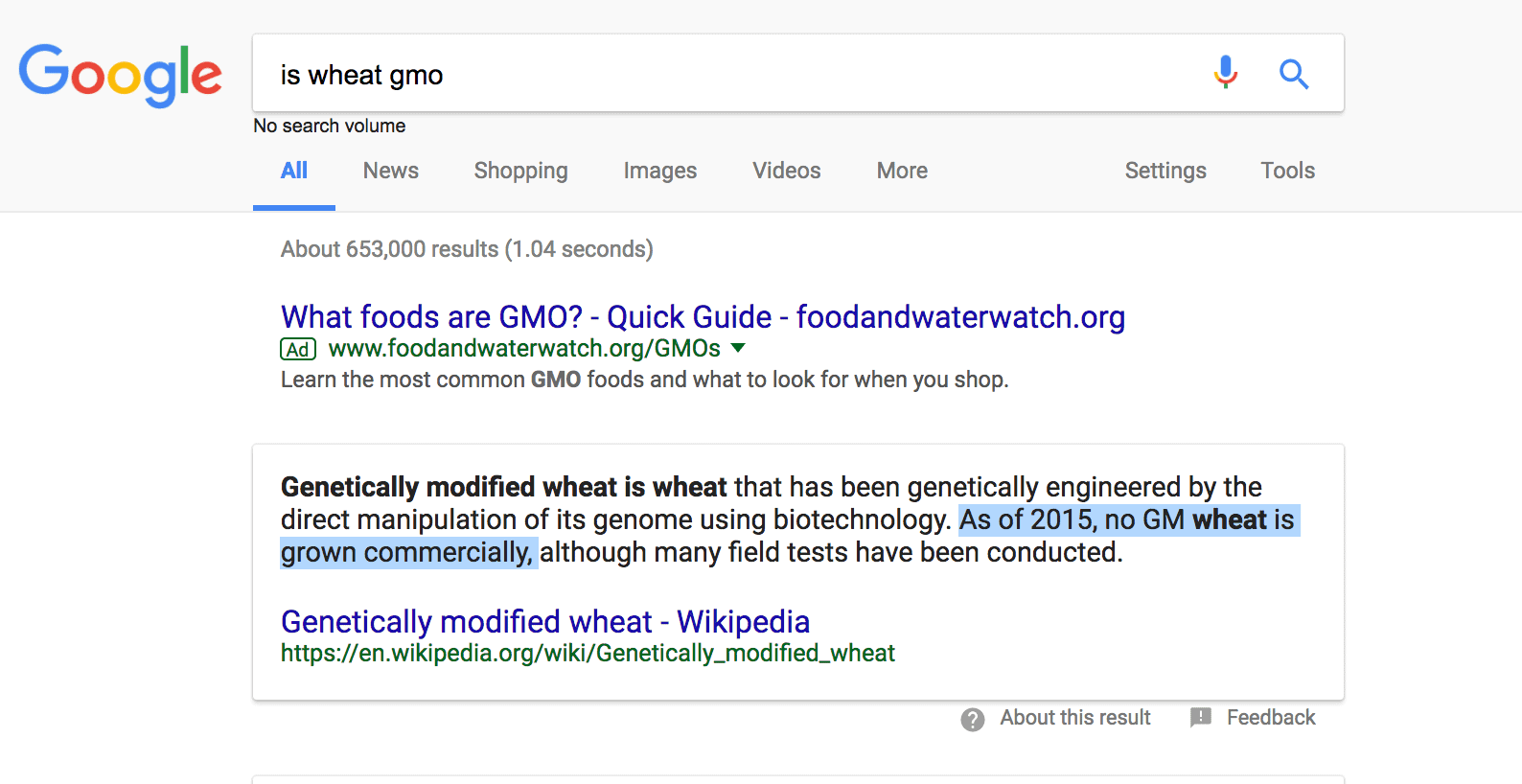
Don’t believe me? Google it yourself. If you can find a source proving that wheat is GMO, comment below.
Is Wheat “Doused or Drenched with Glyophosate”?
OK, so now we’ve debunked the ideas that…
1) Gluten is inherently toxic to humans
2) Gluten has increased in wheat over the past century
3) Modern wheat is dangerous/toxic compared to ancient wheat — Dr. Davis will need to provide research to back up this claim; until then, the jury is out… and
4) Wheat is GMO.
All false.
Let’s move on to the final myth that is being spread around online like a virus: the idea that wheat is being “doused in glyphosate” and is therefore causing gluten intolerance.
In 2014, Sarah Pope of The Healthy Home Economist blog published this article: The Real Reason Wheat is Toxic (it’s not the gluten).
Yes, it drives me crazy that she capitalized part of the title but didn’t capitalize the rest, but I’m not here to nitpick.

Sarah’s article, to date, has gotten over 1,000 comments and almost 2 million shares.
Let me start by saying, I am biased. I’ve never been a fan of Sarah’s blog (even though I worked with her closely for a number of years, as she was a member of my former blog network). This is because I find her work to be sensationalist and wildly exaggerated (which she personally admitted to me she does to get more traffic — no surprise there).
And frankly, she gets a lot of stuff wrong and never bothers to go back and correct it.
- Like the time she said she takes one teaspoon of cod liver oil every day when in fact she was taking a TABLESPOON.

- Or the time she said 1 tablespoon of fish eggs (caviar) contains 17,000 IU vitamin D, when in reality, 1 tablespoon of fish eggs contains 19 IU of vitamin D.
- Or the time she said kombucha and tea are not high in fluoride, as long as they are organic.
Hey, we’re all human — people make mistakes. I’m OK with that. But when someone calls you out on your blatant mistakes and untruths, you should at the very least address them, and yes, you should correct them. It’s called responsible journalism.
But I digress…
It really bugs me when articles like this which are so light on facts and so full of misinformation (*cough* can you say FAKE NEWS?) can get 2 million shares.
Which is one of the reasons I felt the need to write this post debunking it. I can’t stand it when I see masses of people online spreading fake news.
I’m not the first person to debunk Sarah’s article. It was actually already quite soundly debunked by Snopes. Now, I’m not a big fan of Snopes, and have disagreed with them on many occasion. But this time, they were right.
Sarah begins her article by saying we should sit down before reading it. “I’ve had some folks burst into tears in horror when I passed along this information before.” She goes on to say that she felt “outraged and violated” and that “In a nutshell, Dr. Seneff’s study of Roundup’s ghastly glyphosate which the wheat crop in the United States is doused with uncovers the manner in which this lethal toxin harms the human body by decimating beneficial gut microbes with the tragic end result of disease, degeneration, and widespread suffering.”
Her conclusion: “I am firmly convinced that if we did nothing, our entire family at some point would develop sensitivity to wheat or autoimmune disease in some form due to the toxic manner in which it is processed and the glyphosate residues that are contained in conventional wheat products.”
Sigh. Do you see what I mean about sensationalism?
OK… I’ll need to make a list the things she gets wrong in the article, since there are a number of inaccuracies…
1. “Common wheat harvest protocol in the United States is to drench the wheat fields with Roundup several days before the combine harvesters work through the fields as the practice allows for an earlier, easier and bigger harvest.”
Common wheat harvest protocol in the US? Really Sarah? Got a source for that? Because I do. And, according to the USDA, it was up to around 33% (in 2016). Thirty-three percent is not common. Yes, some farmers are doing it but not most.
But maybe we shouldn’t listen to the USDA or the National Wheat Foundation and listen to Sarah instead because she probably knows so much more about agriculture and wheat farming. [sarcasm]
Let’s also address Sarah’s word choices, “drenched” and “doused”. This is extremely misleading!
“On pre harvest applications, you cannot apply more than 22 ounces per acre mixed with 3 – 20 gallons of water (depending on application). Let me put that into perspective. That is the equivalent of a Gatorade bottle (20 ounces) of Roundup mixed with (let’s say on average) 10 gallons of water that is used on the size of an entire football field.
Even better of a perspective, let’s convert those gallons to ounces… 22 ounces put into 1,280 ounces of water equals a concentration of 0.017 or 1.7%.
So to address the article’s claim about wheat being “doused” or “drenched” in glyphosate is hardly even truth and at the least laughable. How is less than 2% concentration for 43,560 square feet (an acre) dousing our fields?”
Um… 22 ounces per acre? That’s less than THREE CUPS per ACRE. How can you say that is DRENCHING or DOUSING crops?
Laughable is right.
2. “…desiccating non-organic wheat crops with glyphosate just before harvest came into vogue late in the 1990’s with the result that most of the non-organic wheat in the United States is now contaminated with it.”
Sarah does not provide a shred of evidence to show that most of the non-organic wheat in the United States is now contaminated with glyphosate.
In the comments section of the post, when readers challenge her, she repeatedly refers to the Food Democracy Now study that showed that many common foods are contaminated with glyphosate, including Cheerios, Special K, Kashi and Triscuits.
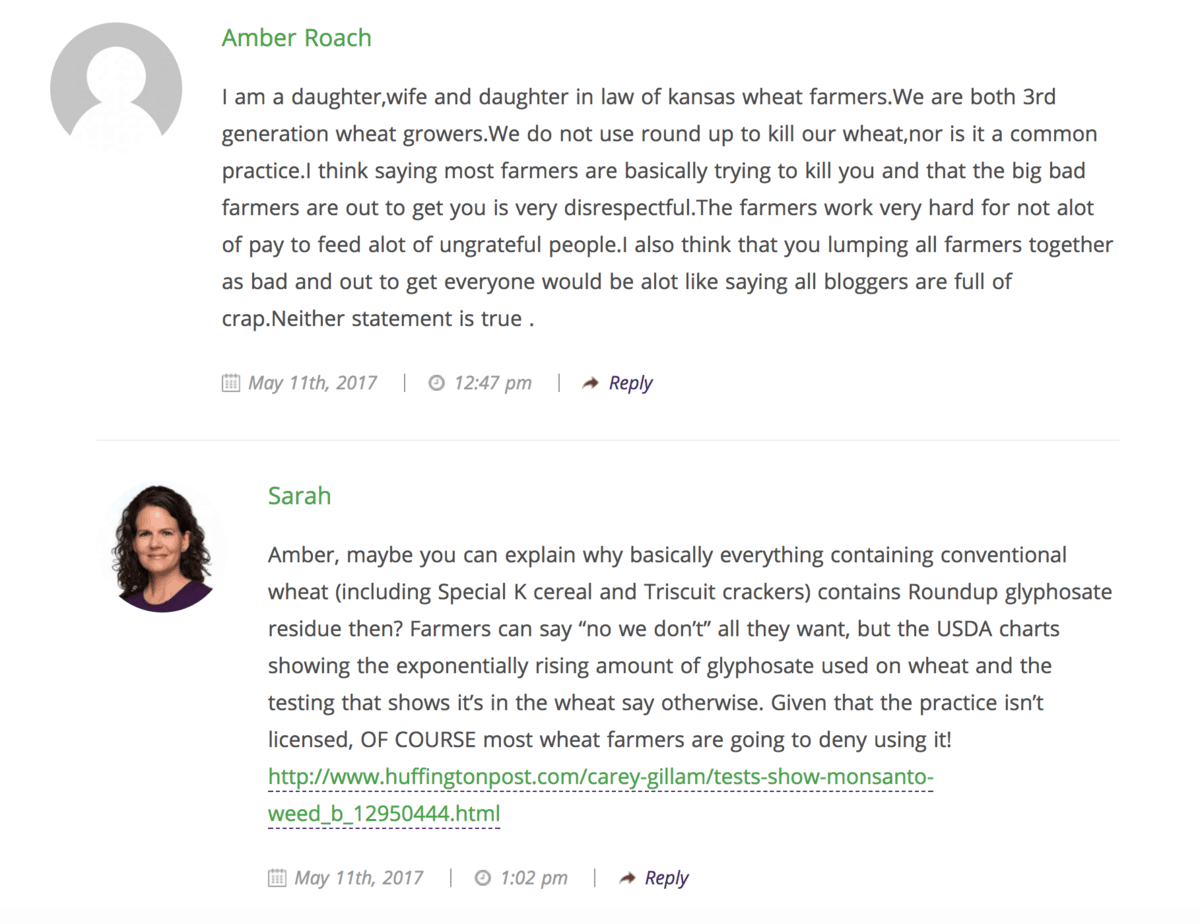
Notice how, in the comment exchange above, Sarah basically calls the wheat farmer a liar.
What Sarah neglects to mention is that while these foods contain wheat, they also all contain GMO crops including corn and soy.

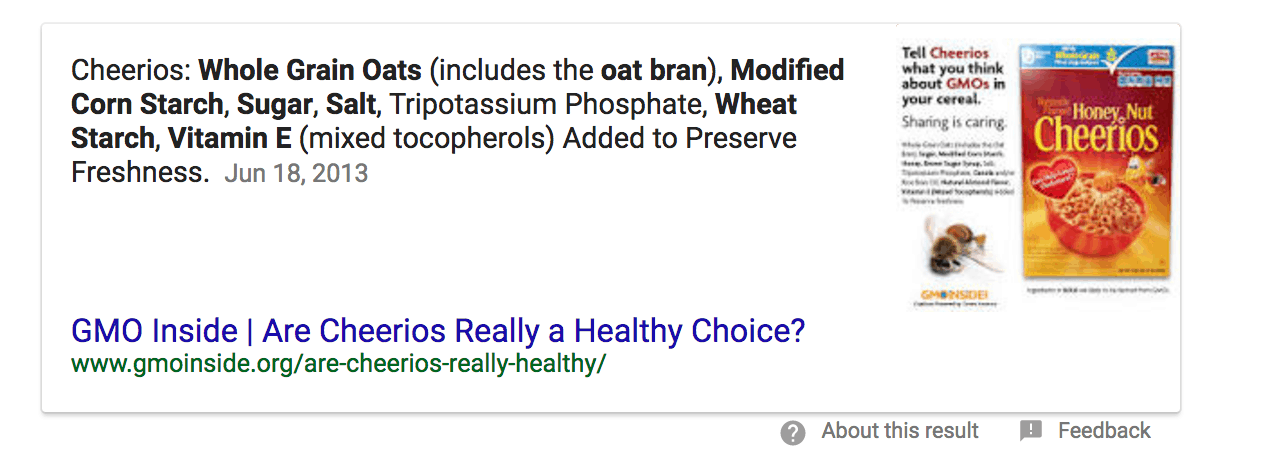
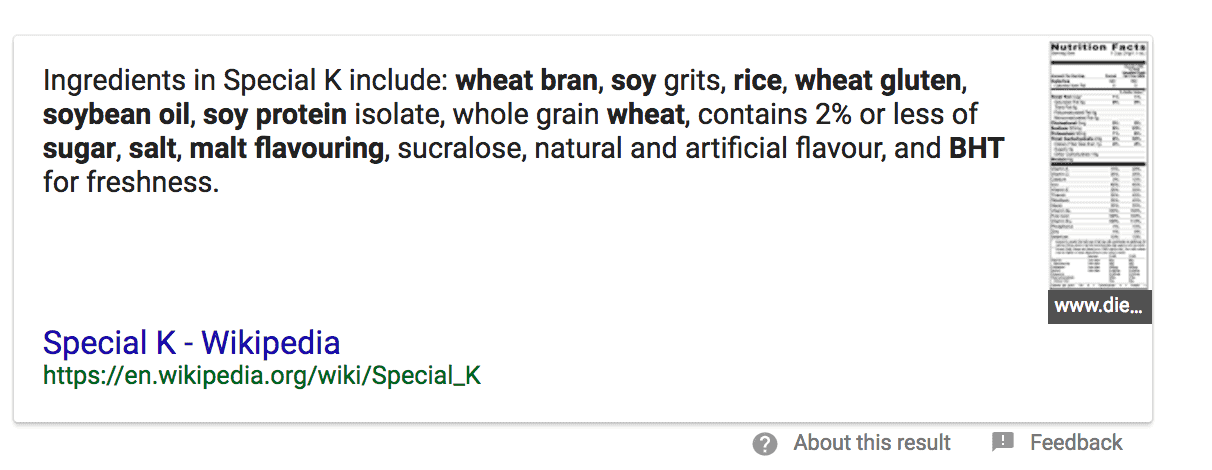
So it is very dishonest to say that because Cheerios (which contains corn flour and corn starch) or Special K (which has soy grits, soybean oil and soy protein) have been found to have glyphosate in them, you can somehow say that that proves there is glyphosate in wheat.
3. “According to the US Department of Agriculture, as of 2012, 99% of durum wheat, 97% of spring wheat, and 61% of winter wheat has been treated with herbicides.”
Sarah is correct that the USDA reported this.. however, “herbicide” does not equal “glyphosate”.
Here is the chart from the 2012 USDA report:
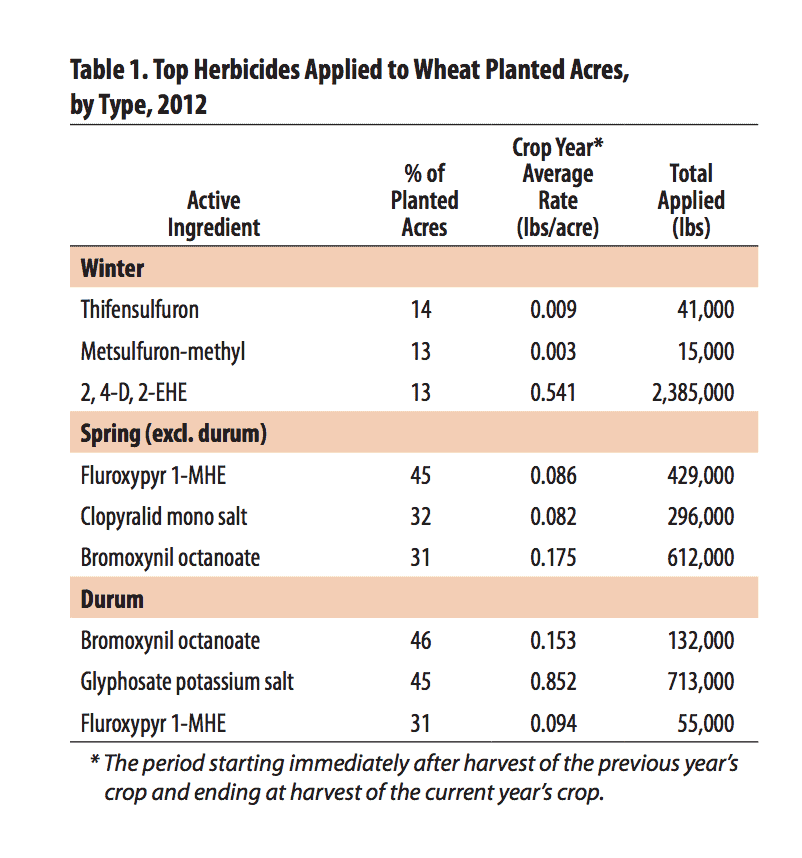
I’d have to look up all the herbicides on that list… I looked up a few on this list and they are not glyphosate.
Also, treating with herbicide is not the same thing as “drenching” or “dousing”. (See above.)
Don’t get me wrong — I’m no fan of pesticides and I buy everything organic as much as possible. However, it is exaggerated and incorrect to single out wheat from any other food that has been sprayed with herbicides. Of course conventional wheat is sprayed with herbicides.
So are conventional strawberries and so are peanuts and coffee and most other conventional (non-organic) crops. So what? We knew that already. Which is why we buy organic food.
Oh, right, that wouldn’t make a viral blog post that would get 2 million shares.
This doesn’t prove that they are using glyphosate and this doesn’t prove that herbicides cause gluten intolerance.
4. Numerous farmers and agriculture experts have challenged Sarah on this post and told her she’s flat-out wrong… here are just a handful of those posts (there are a ton more in the comments section of her blog post, which she hides so you have to click LOAD MORE to see them all):
A Farmer’s Response to, “The Real Reason Wheat is Toxic…”
The truth about Roundup in wheat
The Truth About Toxic Wheat
Setting the Record Straight on Glyphosate Application
The Truth About Glyphosate and Wheat
Sarah ignores these posts and continues to defend this absolutely pathetic article. She has yet to correct or retract a single line in 4 years since it was originally posted.
I guess she thinks all these farmers and agriculture experts are lying?
So What’s Causing Gluten Intolerance?
There are many theories for what is causing the increase in gluten intolerance.
For example, there is the increased use of antibiotics that destroy good gut flora which results in increased pathogenic gut flora, a damaged gut lining (leaky gut), and which in turn prevents enzymes to be secreted, the enzymes that help you digest gluten. You can read more about this in my post: Yes, You Can Reverse Food Allergies: How I Did It.
In her excellent and well-researched book, The Peanut Allergy Epidemic, author Heather Fraser explains how vaccines cause food allergies (not just allergies to peanuts but any food that we eat frequently — like wheat).
Bottom line: demonizing wheat or any one food and saying that wheat in and of itself is what is causing gluten intolerance is simply fake news.
That said, I do recommend buying organic as much as possible. But is the world going to end if you eat a sandwich made from conventional wheat? Nope. Not anytime soon.
And the chance that eating that sandwich will make you become gluten intolerant or celiac? Probably close to impossible.
Pin This Post: Is Wheat Toxic? Is Wheat GMO? Or Is This Just Fake News?
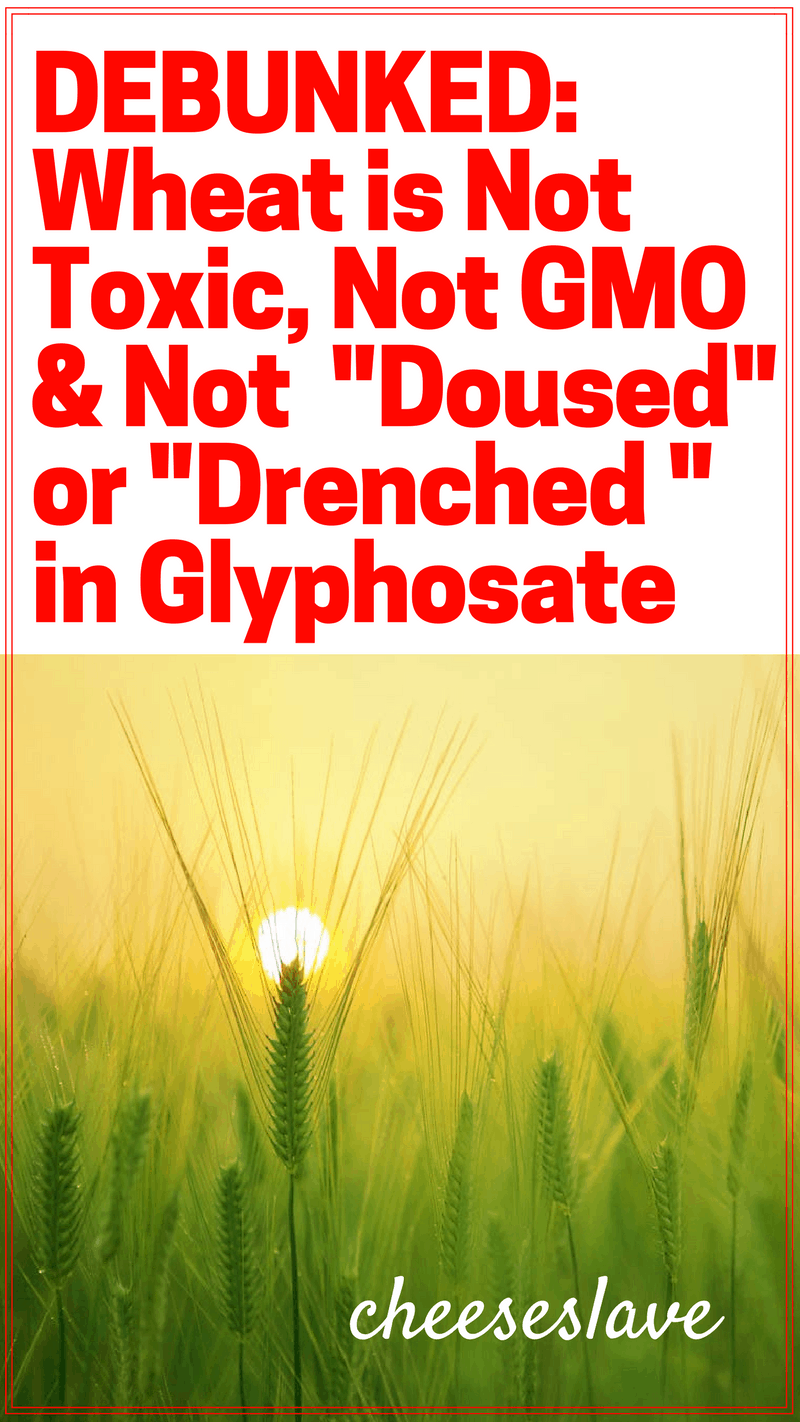
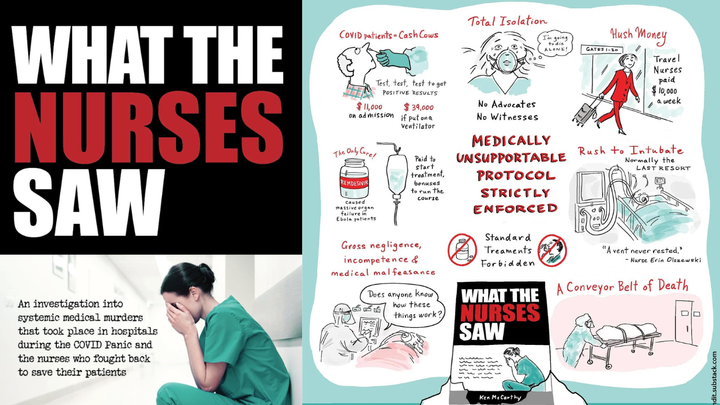


Comments ()